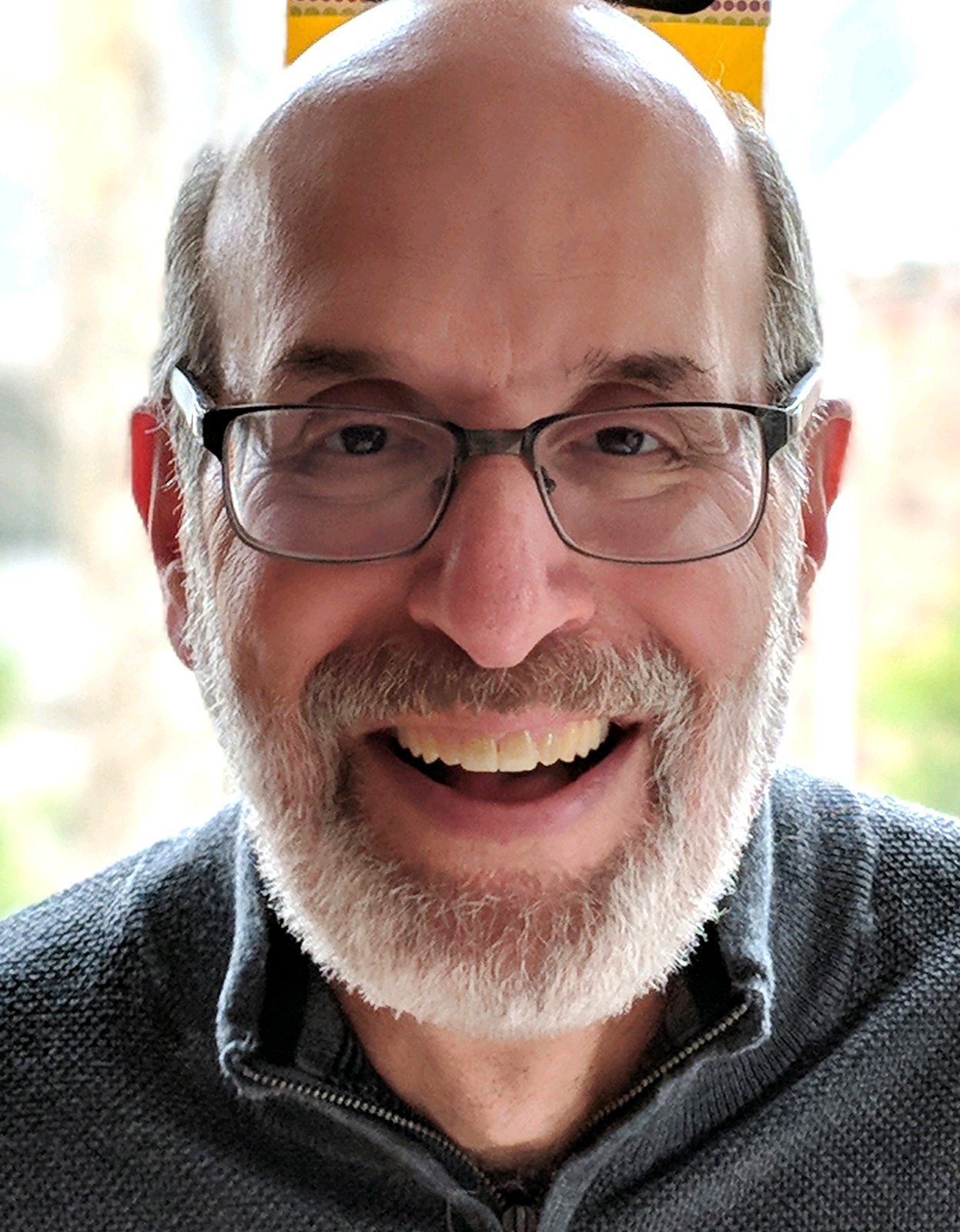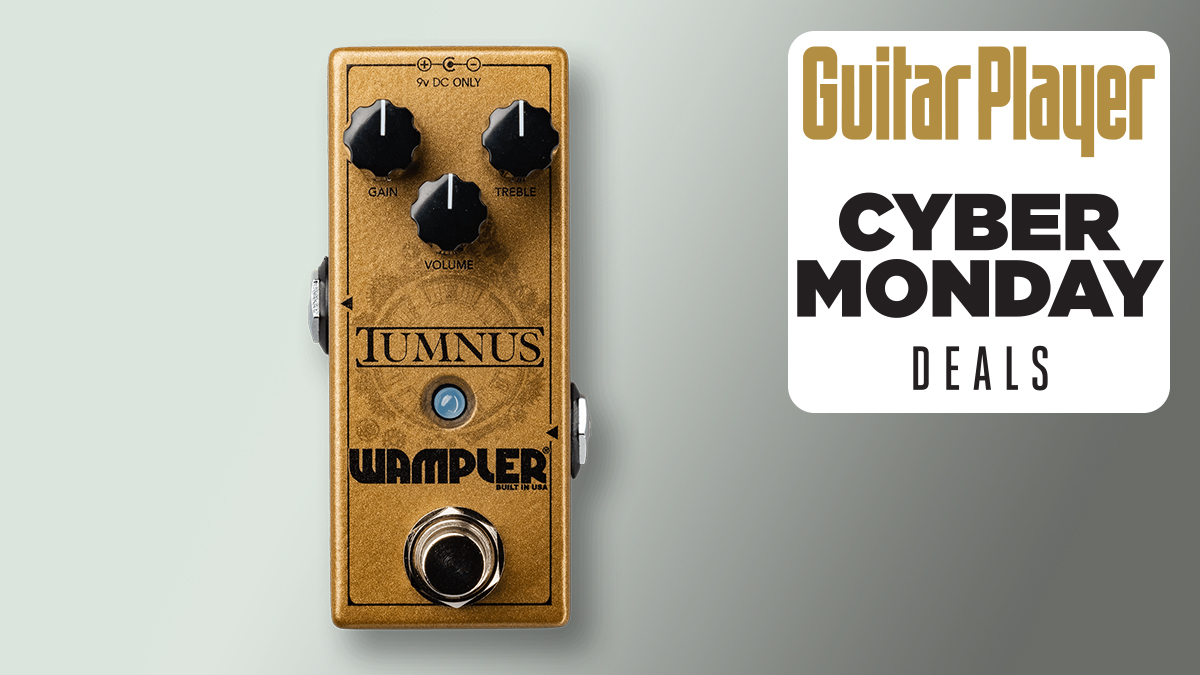“When Bob sensed I might refuse to appear, he took the gloves off." For Pete Townshend, Jimmy Page and Bob Dylan, Live Aid was a case of bad vibes for a good cause
We look back at a few of the big guitar moments from the global music event, held 40 years ago on July 13
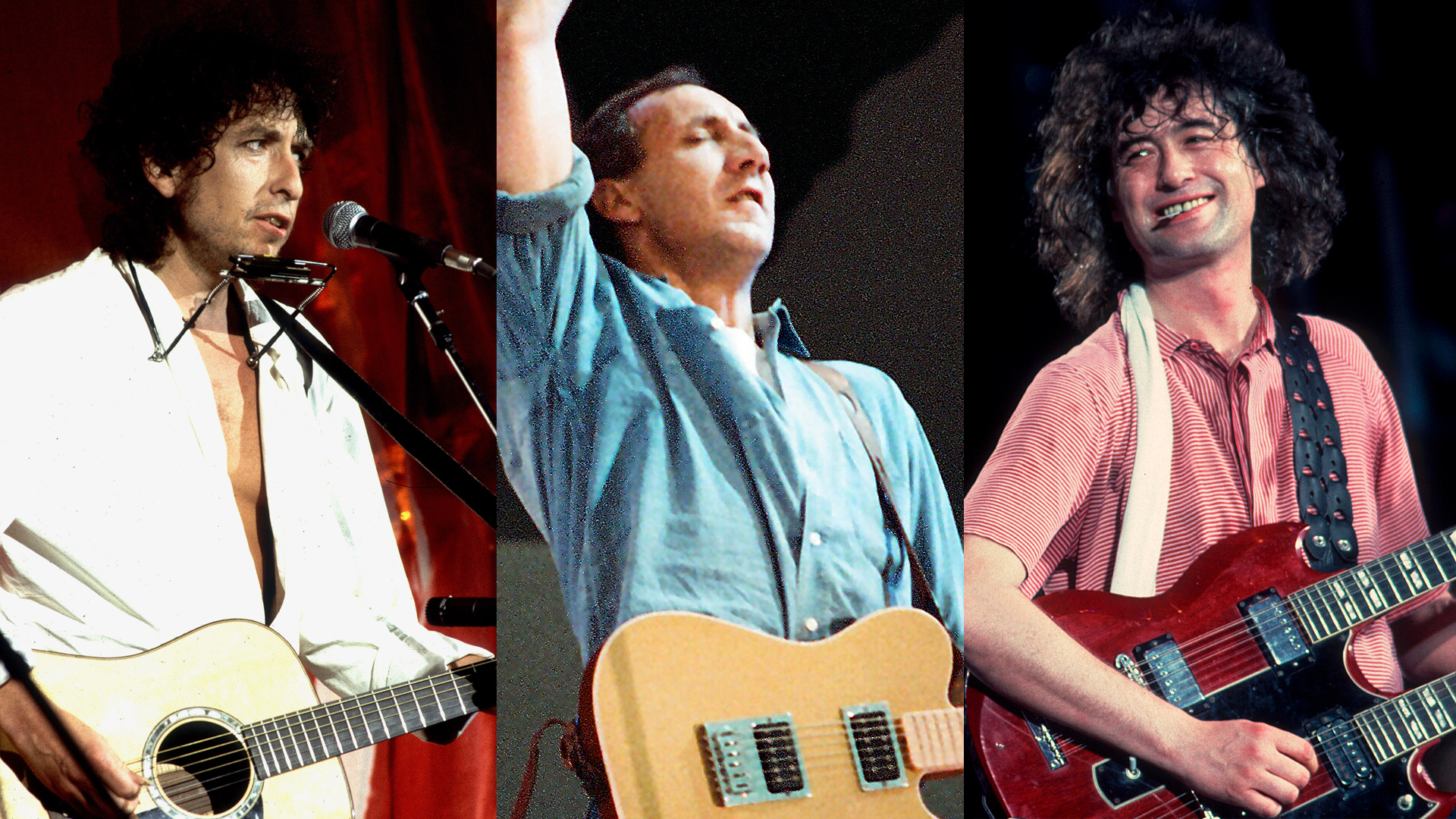
Forty years ago on July 13, the Live Aid concerts kicked off at London’s Wembley Stadium with the British rock group Status Quo. Armed with Telecasters and described by organizer Bob Geldof as “ordinary blokes with long hair and denims,” the group opened the day’s festivities with the 12-bar rock of John Fogerty’s “Rockin’ All Over the World.” It sent an unintentional but perceptible message that, even in the synth-saturated mid 1980s, “the boys and girls with guitars” — as Geldof described them — would rule the day.
Live Aid did rule, on that day and through 40 years of memories (as well as 20 years for its follow-up event, Live 8). True to Fogerty’s anthem, the benefit for African famine relief was a global event, ping-ponging between Wembley and Philadelphia’s JFK Stadium, as well as locales in Europe, Australia and Japan. Styled as a “global jukebox,” Live Aid presented most of the biggest acts at the time to nearly two billion viewers in 169 countries. Along the way it raised about $140 million for the Band Aid Charitable Trust, which Geldof launched with the all-star “Do They Know It’s Christmas?” single released eight months prior.
Live Aid’s 20 or so hours of music played out as a day for guitar heroics that were at times notable, notorious, triumphant and tepid. The players came from the worlds of rock, metal, blues and jazz, and nearly three dozen of them went on to be inducted into the Rock and Roll Hall of Fame.
Four decades later, we still remember these most notable guitar stories from Live Day.
Led Zeppelin: Like a Lead Balloon
Led Zeppelin grounded itself immediately after drummer John Bonham died in September 1980, with the three surviving members going their own ways. But with Jimmy Page’s the Firm and Robert Plant both on the road, circumstances dictated an ascent back up the stairway to heaven, if just for one day. Plant was the first to sign on and wanted Page to be involved — but not necessarily to get the Led out.
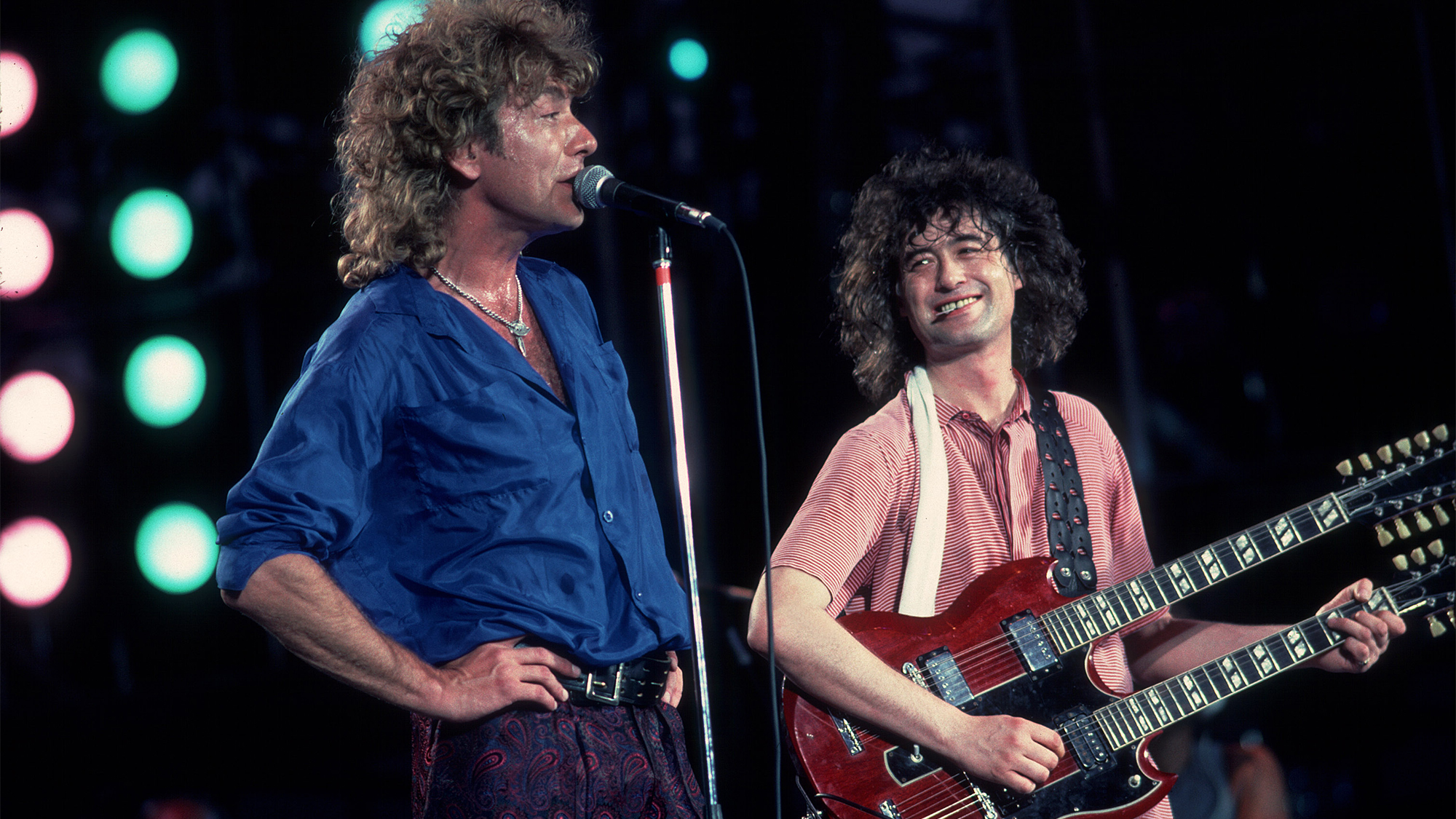
“The original idea was not to do a Robert Plant set as such, but something a little lighter — like the Honeydrippers,” Plant said at the time, referring to an ad hoc all-star band he’d put together to record an EP of rock and R&B oldies in 1984.
“As Jimmy was part of the Honeydrippers I phoned him and said, ‘Would you like to be part of it?’ He did, and as we got to talking about it, we said, ‘While we’re doing it, why not do two of our [Led Zeppelin] songs?’ The whole thing really evolved.”
All the latest guitar news, interviews, lessons, reviews, deals and more, direct to your inbox!
It ultimately sounded better in discussion than onstage. With former Zeppelin bassist John Paul Jones on keyboards rather than bass, Paul Martinez from Plant’s band on bass, and Chic’s Tony Thompson and Phil Collins on drums, the shambolic three-song set felt like a genuine moment for the euphoric crowd at JFK Stadium, but not beyond.
Collins, who had flown in on the Concorde to play at both the London and Philly shows, introduced Zeppelin after playing solo piano renditions of a couple of his hits. He hadn’t rehearsed, and it showed, as did any lack of plan between him and Thompson on songs — “Rock and Roll,” “Whole Lotta Love” and “Stairway to Heaven” — that really weren’t made for two drummers.
Jones also had a small amount of rehearsal on the day of the show, Page — who busted out his Gibson EDS-1275 double-neck electric guitar for the occasion — sounded out of tune at times, and Plant was a bit hoarse from playing the night before in Detroit. To make matters worse, the stage monitors reportedly weren’t working properly. Plant later termed the performance “horrendous.”
The dissatisfaction was evident during a tense post-show interview with MTV’s Alan Hunter, which Collins dominated when the others proved truculent. The drummer later wrote in his 2016 memoir, Not Dead Yet, “If I’d known it was to be a two-drummer band, I would have removed myself from the proceedings long before I got anywhere near Philadelphia.”
Collins, who’d played on Plant’s first two solo albums and toured with him in 1983, also took exception to Page laying blame for the failure on him for “bashing away cluelessly and grinning.” Collins noted, “If you look at the video, you can see Jimmy dribbling [cocaine] onstage, Robert not hitting the notes and me miming, playing the air.”
Not surprisingly, Page, Plant and Jones refused to allow the performance to be included on Live Aid’s subsequent official DVD release. Led Zeppelin would have more satisfying reunions at the Atlantic Records 40th Anniversary Concert in 1986, its Rock and Roll Hall of Fame induction in 1995 and the 2007 Ahmet Ertegun Tribute Concert in London, which is, as of now, its final performance.
The Who: Before They Got Old
There are several tellings of how the Who came to be part of Live Aid’s London program, the group’s first time onstage since breaking up after a farewell tour in late 1982. In his memoir, Is That It?, Geldof says Townshend suggested it after he invited the guitarist to take part on his own. That led to a series of protracted negotiations with singer Roger Daltrey, who refused to play with drummer Kenney Jones, and bassist John Entwistle, who refused to not play with Jones.
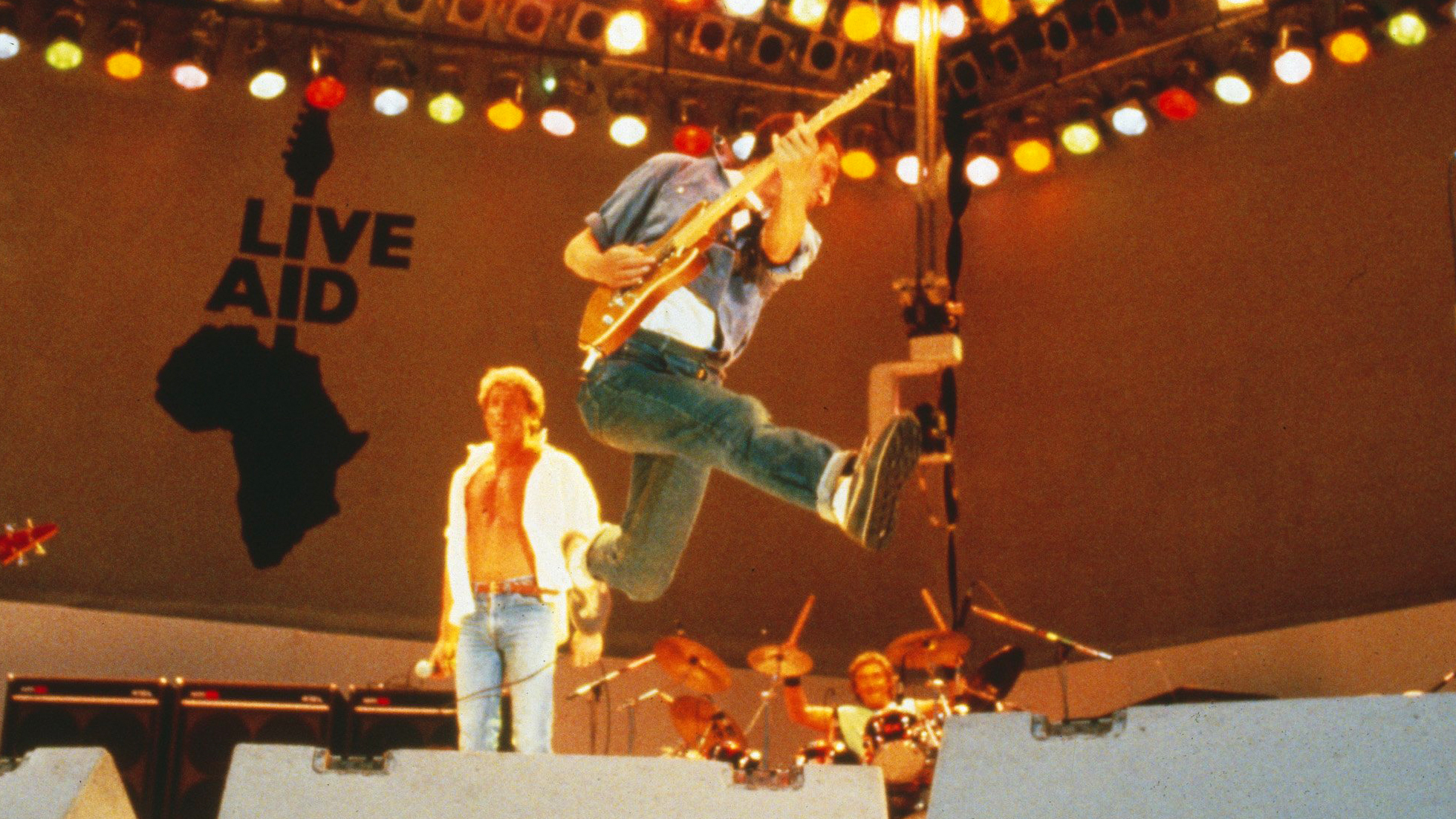
Townshend, however, subsequently accused Geldof of blackmailing and bullying the band into being part of the show. In his memoir, Who I Am, Townshend wrote, “When Bob sensed I might refuse to appear, he took the gloves off...‘Every pound we make will save a life. Do the fucking math. And do the fucking show!’”
Geldof denies he blackmailed or bullied the guitarist but makes no secret of how important it was for the Who to be part of Live Aid.
“I live, die and swear by this band,” he explained recently. “I really minded that the Who reformed and did it, ’cause it’s significant. I felt that 20 million people would watch that; if five percent of them contribute, we’re home.”
Though Townshend contended that “the Who were out of practice and should probably have left it to Queen and George Michael, who stole the show,” the four-song evening set — part of a killer chain that included U2, Dire Straits, Queen and David Bowie — was one of the day’s most exciting, despite any flaws — and stage monitor issues. “My Generation,” “Pinball Wizard,” “Love Reign O’er Me” and “Won’t Get Fooled Again” crackled with vintage Who energy. Townshend was in full, furious, windmilling form, while Daltrey opened his shirt, twirled his microphone and jogged around the stage like a marathoner in training.
Even Townshend would acknowledge, perhaps grudgingly, that “we all felt proud to be there” and happily helped Paul McCartney close the show with “Let It Be,” with the two rock icons hoisting Geldof on their shoulders at the end of the song.
Bob Dylan: Too Rolling Stoned
It was another Live Aid collaboration that probably looked good on paper.
Bob Dylan, who’d sung on USA for Africa’s famine relief single “We Are the World,” was chosen to close the show in Philadelphia and in turn recruited Rolling Stones Keith Richards and Ron Wood. The trio, along with Faces/occasional Rolling Stones keyboardist Ian McLagan, gathered at Wood’s New York home to rehearse, with Dylan ultimately choosing two deep cuts — “Ballad of Hollis Brown” and “When the Ship Comes In” — along with the iconic “Blowin’ in the Wind” to play on the night.
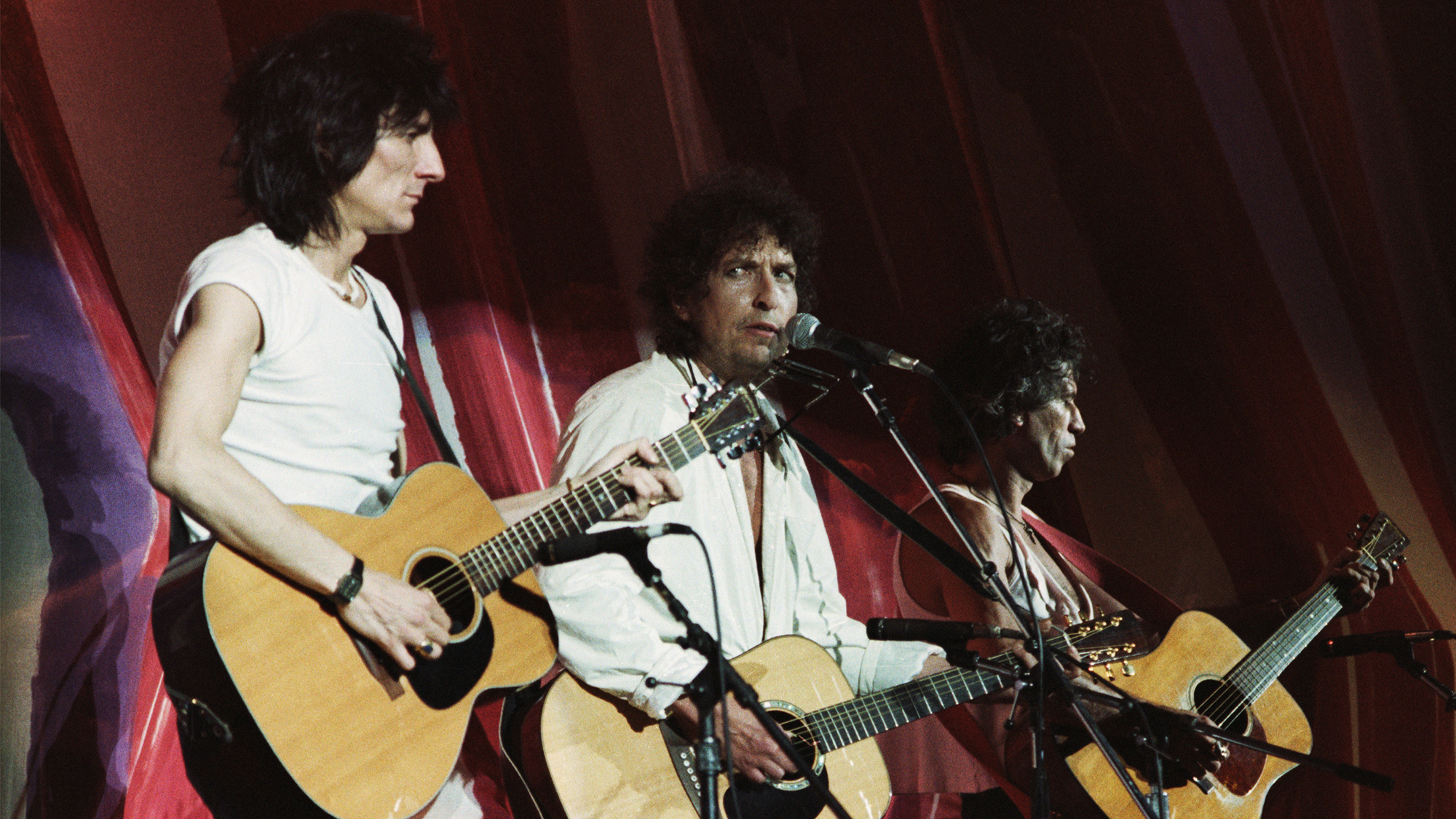
There was undoubtably tension in the air at JFK Stadium, not only because of the occasion but also because the trio was directly following Mick Jagger’s explosive performance — backed by Daryl Hall & John Oates, and with Tina Turner guesting — at a time when Jagger and Richards were on the outs.
What’s more, Dylan’s performance was followed by a group performance of the hit “We Are the World” that would close the event.
“The sound guys had no idea we were going on,” Richards recalled the following year. “Here’s three guys with acoustic guitars and they were getting ready for [sings] ‘We Are the World’ with 50 people behind us.
“They were tuning up and we were trying to play,” Richards explained a few years later. “It was like, ‘shut ’em up, Bill Graham, or we’ll shoot the lot of them!’ Bob and I kept looking at each other like, ‘Where’s the blindfolds and the last cigarettes?’ But it was all for a good cause, so what the hell?”
Their performance was plagued by problems. The stage curtain had fallen in front of the stage amplifiers, preventing Dylan, Richards and Wood from hearing each other and causing them to play out of sync. When, early on, a string broke on Dylan’s guitar, Wood gave him his and used a cheap instrument a crew member handed him. The new guitar was out of tune. Wood wound up playing slide on only one of the strings.
Dylan, meanwhile, caused a stir when he suggested that, “I hope that some of the money that’s raised for the people in Africa, maybe they can just take a little bit of it, maybe one or two million, maybe, and use it...to pay the mortgages on some of the farms that the farmers here owe to banks.” While Live Aid did eventually spawn the charity Farm Aid, Dylan’s comment showed he had no grasp of the event’s purpose. “Something so simplistic and crowd-pleasing was beyond belief,” Geldof wrote. “[Dylan] displayed a complete lack of understanding of the issues raised by Live Aid.”
Seven other notable guitar moments...
Pink Floyd’s David Gilmour, on hiatus after his sophomore solo album About Face in 1984, played with Bryan Ferry’s band during the Roxy Music frontman’s four-song set in London.
Five of B.B. King’s songs from his set at the North Sea Jazz Festival in The Hague, Netherlands, including “Why I Sing the Blues” and “Rock Me Baby,” were carried as part of the global telecast.
Dire Straits, which was in the midst of its own 12-show run at Wembley Arena next door, was joined by Sting to recreate his guest vocal on “Money for Nothing.”
David Bowie tapped Kevin Armstrong, who had played on the Absolute Beginners soundtrack, as his guitarist for Wembley Stadium. Bowie subsequently asked Armstrong to be a fifth member in Tin Machine after he played on the group’s debut album (he turned it down), while Armstrong co-wrote the title track to Bowie’s Outside album in 1992.
Pat Metheny sat in with Santana for its five-song set in Philadelphia, which included “Brotherhood,” “Open Invitation” and “Right Now” (verify song title — may need clarification).
Chic was on hiatus but Nile Rodgers brought his guitar to Philadelphia to play with Madonna (“Love Makes the World Go Round”), and the two of them joined Thompson Twins for a rendition of the Beatles’ “Revolution.”
After landing in Philadelphia, Phil Collins first got onstage with Eric Clapton for his set, which included Cream’s “White Room,” Derek and the Dominos’ “Layla” and “She’s Waiting” from the Collins-produced Behind the Sun album
Gary Graff is an award-winning Detroit-based music journalist and author who writes for a variety of print, online and broadcast outlets. He has written and collaborated on books about Alice Cooper, Neil Young, Bob Seger, Bruce Springsteen and Rock 'n' Roll Myths. He's also the founding editor of the award-winning MusicHound Essential Album Guide series and of the new 501 Essential Albums series. Graff is also a co-founder and co-producer of the annual Detroit Music Awards.



